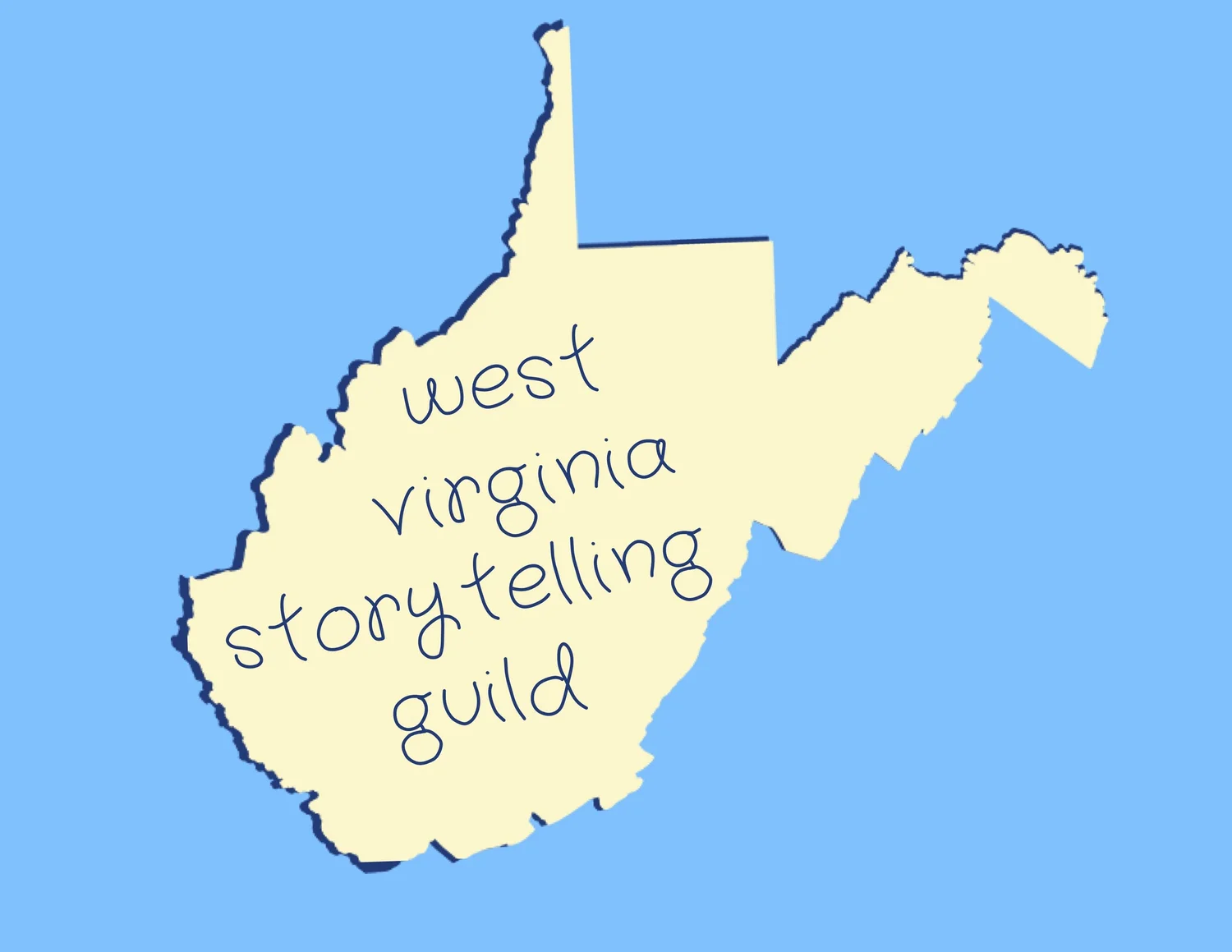by Jo Ann Dadisman
As storytellers, we are always looking for the next tale that chooses us. You read that right. Some folks might say we choose the stories we wish to share, but on occasion, we read a story that refuses to let us go. It lingers around the edges of our consciousness, even when we have moved on. For me, one such story is the West Virginia Shue Murder, or as it is more commonly known, the Greenbrier Ghost. From the first time I read it in Ruth Ann Musick’s volume of student-collected stories, Coffin Hollow (1977), I was hooked.
I have found the story retold in James Gay Jones’ Appalachian Ghost Stories (1975), Deitz’s The Greenbrier Ghost and Other Strange Stories (1997), Gavenda and Shoemaker’s A Guide to Haunted West Virginia (2001) and in the first edition of The West Virginia Encyclopedia (2006). Wikipedia’s more recent version provides photographs. Other sources are undoubtedly out there.
Many of the details in the various accounts vary slightly, but the storyline remains consistent: a young woman marries against her mother’s wishes and moves away with her new husband; within 2 months she is found dead and her body is returned to the family for burial; the grieving mother believes her son-in-law killed his new wife; she convinces several others to initiate an investigation; the husband is arrested and convicted of murdering his wife. He later dies in prison.
What makes this tale so compelling is the reason the mother gives for knowing the truth about Zona’s untimely death: her daughter has visited and spoken with her after she has been buried!! According to Deitz, this court testimony is the only example in American history of a ghost’s testimony convicting a defendant of murder!
So I fleshed out the story from the details I had, telling the story from the point of view of Mary Heaster, who “knew something was wrong with that man. She didn’t know what it was—for he was handsome enough with his dark curly hair and sparkling eyes. His quick smile smile brought one in return to women, young and old alike. And yet, Mary knew there was something wrong with his heart. She begged her daughter Zona not to marry….” The story carried itself and I always ended it with Edward Shue’s death in Moundsville eight years later. I always wondered if he died under mysterious circumstances or from another cause but never knew what his death certificate stated.
Imagine my thrill to learn that my favorite Appalachian novelist and author of the acclaimed ballad series (including The Ballad of Tom Dooley and The Ballad of Frankie Silver, both based on historical figures) has released The Unquiet Grave, a historical novel based on the Shue story from our own Greenbrier County.
Sharyn McCrumb is legendary in the crafting of tales set in our mountains, with characters that spring off the written page. This new novel does not disappoint, as she artfully weaves together two distinct stories. The first is set in 1896-97 in Greenbrier County and is told in first person from the perspective of Mary Heaster, the bride’s mother. The second occurs in 1930 in Lakin, West Virginia, and is a third-person account of Edward Shue’s defense lawyer, now a man who had been remanded to an insane asylum for attempting suicide. As second chair in the proceedings, James Gardner’s first case was the infamous Greenbrier Ghost case, and in the novel, his memories are relayed to a young psychiatrist whose job it is to determine if Gardner is well enough to be released. McCrumb flawlessly weaves the two stories together with facts borne of her research and her sharp sense of the Appalachian lifestyle, speech, and social mores of that time period.
For me, it was her research that I found to be most compelling. When we begin to flesh out the bones of a story, we spend time with the people, the places, and the events. Sometimes we travel to where the story took place, visit the graveyard, or seek out information pertinent to the time period. McCrumb’s story is compelling because she provides new information about the story’s characters based on historical records, and she also offers an alternative to the “ghost” character. It is her chapter endnotes and author’s notes that I found incredibly helpful. In her own words, McCrumb writes, “When I first requested information on the Greenbrier Ghost, I was referred to a book of regional folktales, in which Zona’s story took up a page and a half. Two years later, with the help of a number of generous and scholarly people, I had amassed a pile of documents six inches thick—census records, birth and death certificates, property records, maps, and photographs—a weath of evidence to bring the folktale back into the real world.”
When we are busy with our storywork lives, we have choices to make. We can tell original stories from our own imaginations or urban legends that are common and lovely to tell. Unique among the many stories are those that are historical, and we owe them our very best. Kudos to McCrumb for giving our state tellers so much new information on the Greenbrier Ghost. I know Zona Heaster Shue is pleased. And for the alternative explanation for the ghost—I’ll let you find out for yourselves. Enjoy a good read!

